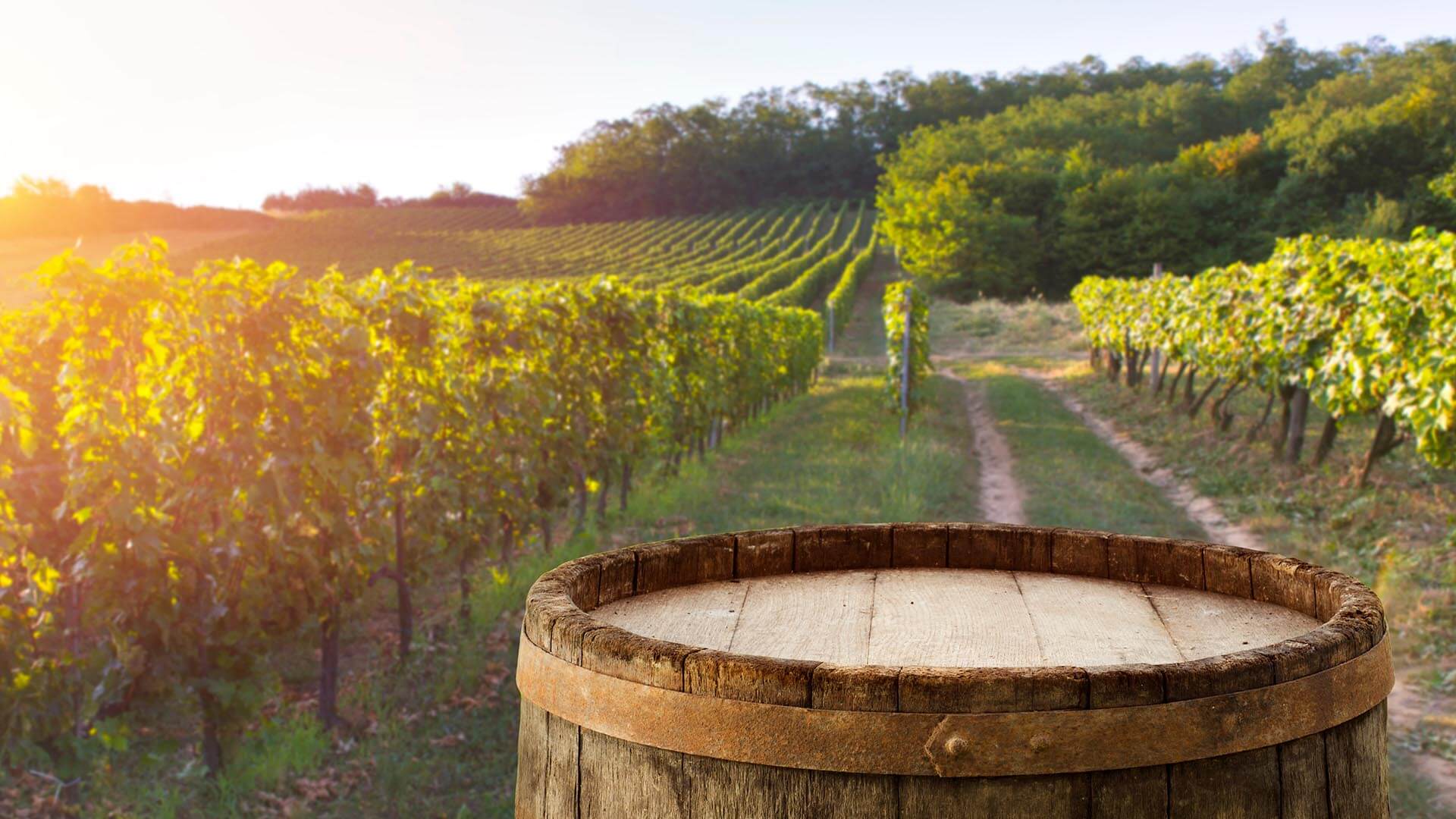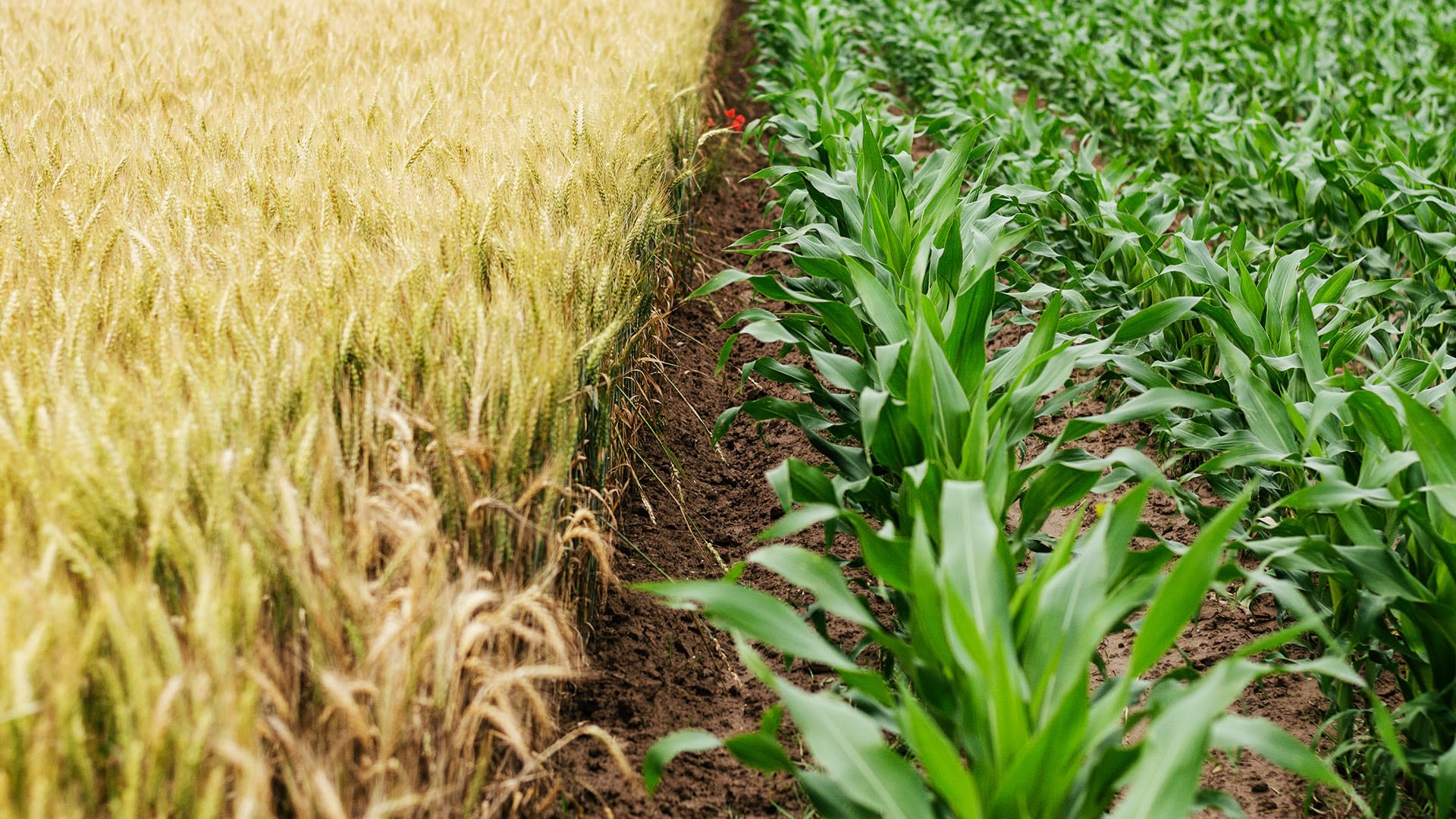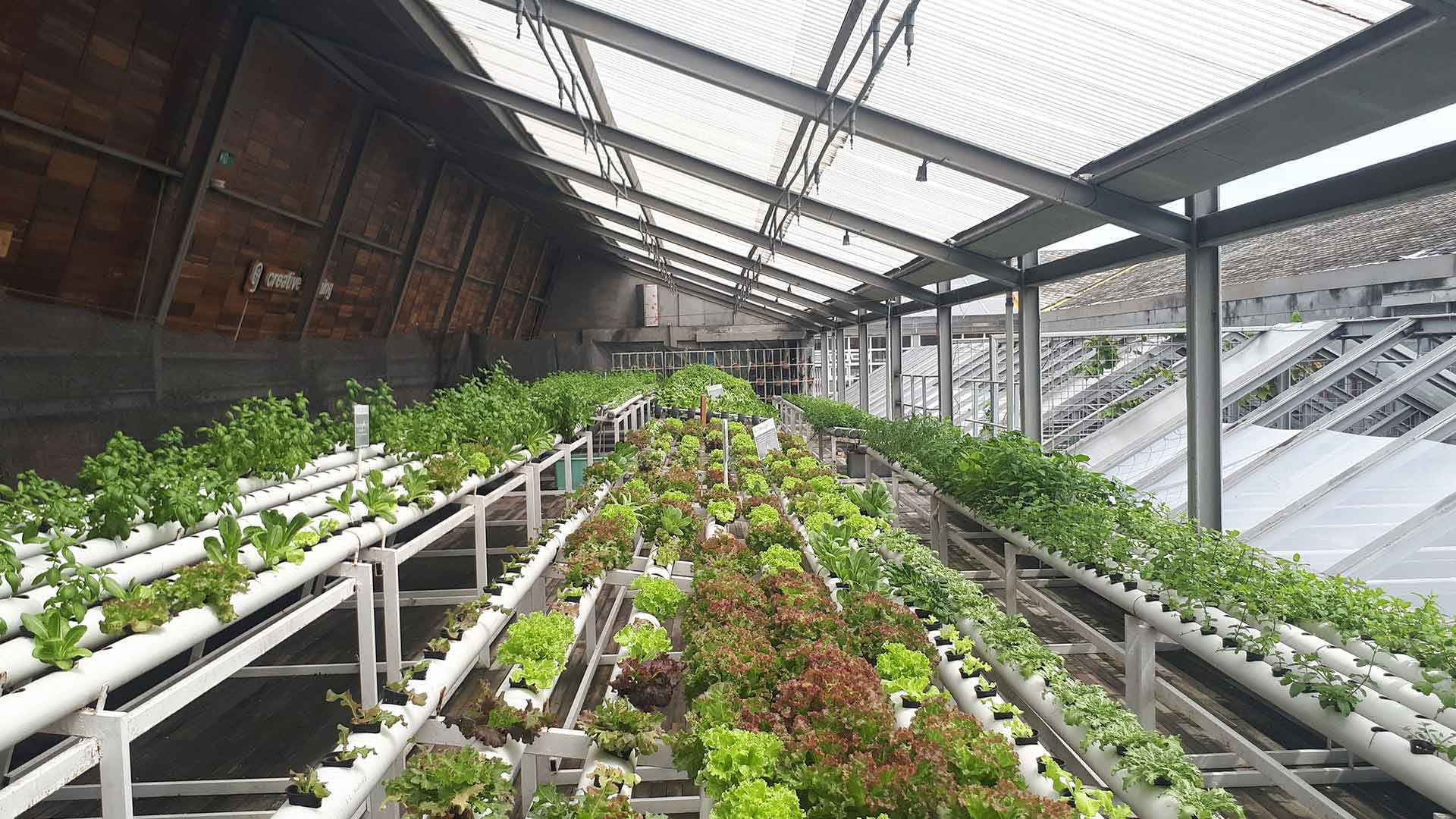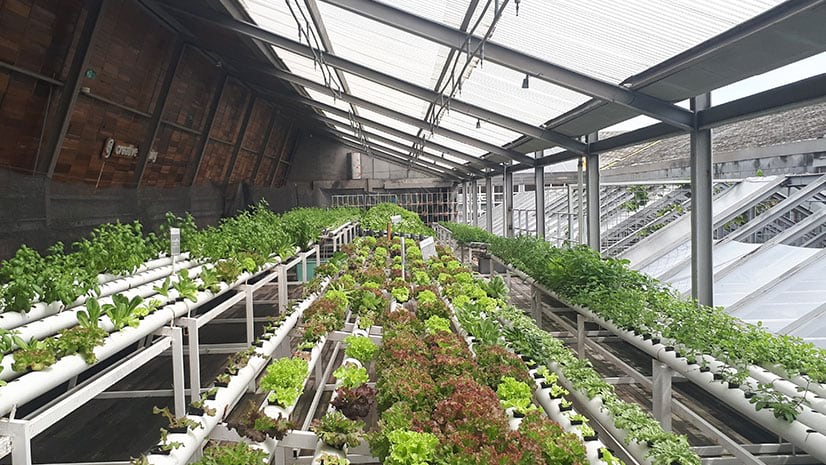Wine tourism is a booming business, with enthusiasts and connoisseurs traveling the world to visit favored wine-growing regions. While there, they support restaurants and retailers—even the distribution companies that transport the latest vintage—and fuel local economic growth.
Climate change is likely to alter the geography of many popular wine destinations, a new study finds. Heat waves, excessive drought, unpredictable rainfall, and disease threaten to impair grape yield, composition, and quality in popular wine regions of Spain, Italy, California, and elsewhere, according to the study published in the academic journal Nature Reviews Earth & Environment. The economic effects could be felt not only by wine growers and tourism companies, but by vineyard suppliers—from farm equipment manufacturers to fertilizer makers.
The emerging threat may prompt these companies to follow the lead of other industries, including agriculture-based organizations, which use a technology called GIS to track and analyze climate risks and adjust business models for long-term resilience.
Mapping a Way to Business Continuity for Wine Growers
According to the study, some regions will become climatically unsuitable for wine production, while others will survive by growing more resilient varieties of grapes as temperatures rise.
New wine-growing regions could emerge in traditionally colder climates or regions of higher altitude that were previously inhospitable to the industry. The award-winning chardonnay of the future could come from the southern United Kingdom, New England, or the Great Lakes region.
By consulting predictive climate models and maps, wine growers can see how growing conditions are likely to change due to persistent heat, drought, flooding, or pests. This helps them not only prepare for risks, but also understand where conditions may favor new areas of growth.
A producer of some of the top wines in the world relies on GIS—a geographic information system—to monitor growing conditions and the health of grapes and soil across 27 estates. Using data-rich maps, they strategize ways to keep their vineyards resilient and productive. The effort has led to significant improvements in crop management and wine quality.
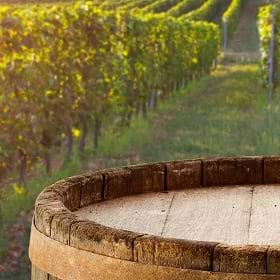
If conditions shift in coming years, winemakers and the industries that support them will need a clear geographic view to formulate strategies—a technique that utilities, real estate developers, and other companies have perfected using GIS maps.
A Global Challenge Dependent on Clear Local Views
Wine is not the only industry facing climate-induced changes; food growers are preparing for disruption, too. A recent report from the UN’s Intergovernmental Panel on Climate Change found that global agricultural production could be reduced by 10 to 25 percent with every degree of warming, threatening the food supply. This may send the world’s major food growers searching for regions with better crop conditions and minimal environmental impact.
Coffee, like wine, is vulnerable to climate risk and has far-reaching impacts on the regions where it is grown and the businesses that support it, including retailers and coffee shops. Major coffee brands and coffee-growing regions like Uganda are turning to GIS to mitigate economic risks. With GIS, they can analyze data associated with crop stress, soil health, water needs, erosion, and flood risk. Farmers use this data to intervene quickly when conditions turn unfavorable.
As natural and economic conditions shift throughout the world, companies are learning that geography is no longer a fixed concept. GIS-based projections of how local conditions may change have made long-term planning more manageable, helping business leaders assess new risks and openings.
For companies growing economically important crops on changing terrain—or supporting those that do—insight-rich maps could be key to seeding future growth.
The Esri Brief
Trending insights from WhereNext and other leading publicationsTrending articles

December 5, 2024 |
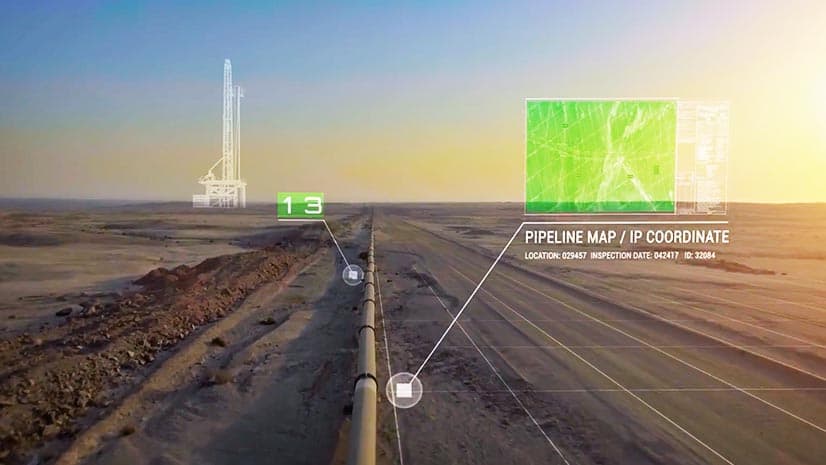
November 12, 2018 |

July 25, 2023 |

February 1, 2022 |

March 18, 2025 |

May 28, 2025 |
